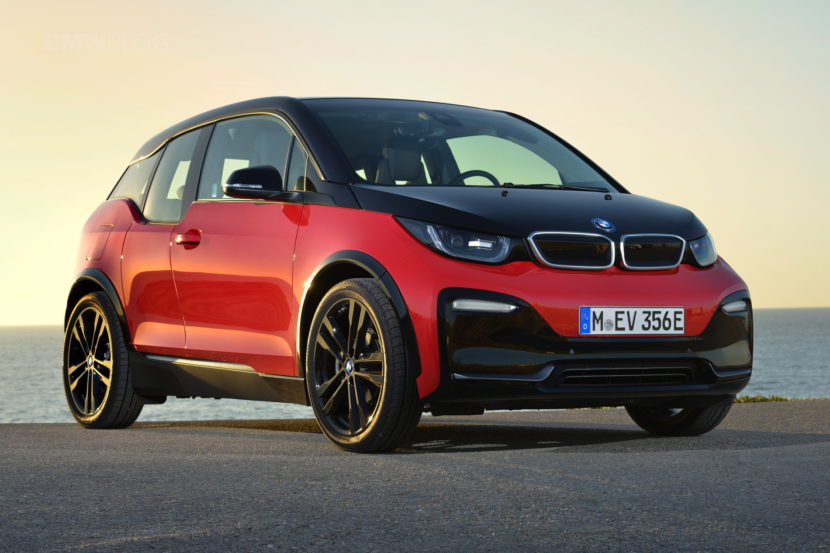At the same event where the i8 was handed over to the media, the BMW gave the journalists the opportunity to experience the i3 megacity city from the passenger seat.
Autocar UK reports their findings:
My chauffeur Patrick Mueller, head of BMW i drivetrain development, reveals the i3 is much like the BMW 1-series ActiveE in the overall character of its power delivery, with a heavily sprung throttle feel, instant acceleration and an aggressive recuperation mode aimed at recovering as much kinetic energy as possible. “It’s an approach that will set our cars apart from the electric car competition,” he suggests.
When the driver backs away from the throttle the electric motor acts as a generator, providing sufficient levels of retardation that the brakes are rarely required. It’s so aggressive that BMW has programmed the LED imbued brake lights of the i3 to illuminate when you lift the throttle.
It doesn’t take long to realise the BMW i3 is already at an advanced state of development. The prototype I rode in felt solid, even if there was the odd rattle from the makeshift disguise covering parts of the interior. What really grabbed my attention, though, was its overall agility and, in trying conditions with those narrow tyres, excellent traction. Watching on as Mueller drove the prototype down slip lanes, over steep gradients and around the car park of BMW’s winter test facility, it appeared to possess all the qualities that will be required to make it suited to city use, including an excellent turning circle of less than 10 metres diameter.
If our time spent in the passenger seat as BMW’s engineers put the tall five-door hatchback through its paces on a frozen Swedish lake told us anything, it’s that the i3 will not only provide a high level of maneuverability but should also prove an entertaining proposition on less-congested roads as well.





































































